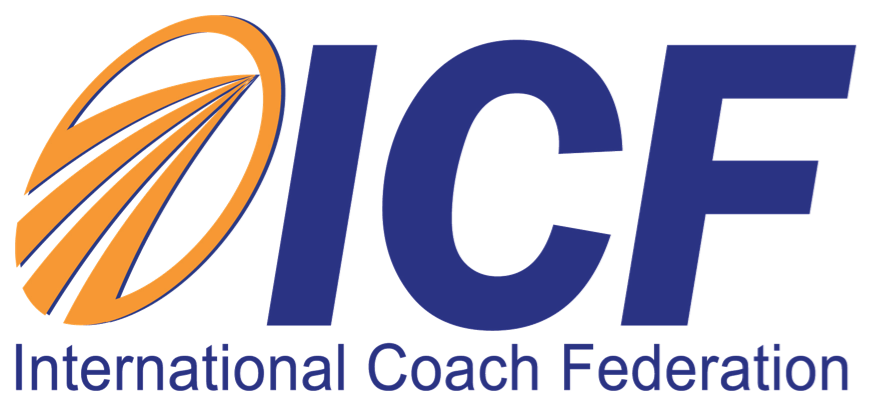There is much talent-related data available in today’s digitized workplace, but not everyone is taking advantage of it. A new report from Taleo and Human Capital Institute finds that just 43 percent of 600 company respondents said they have a good enough grasp on analyzing workforce data to be classified as a “data-proficient organization” (DPO), while about half said their executives were dissatisfied with the data they received, which makes them “data-deficient organizations” (DDO).
 The report also found an “apparent positive correlation” between the use of talent-intelligence technology and key financial-performance metrics—indeed, the stock price of DPOs went up 4.6 percent during the course of the study while the DDO price dropped 3 percent.
The report also found an “apparent positive correlation” between the use of talent-intelligence technology and key financial-performance metrics—indeed, the stock price of DPOs went up 4.6 percent during the course of the study while the DDO price dropped 3 percent.
Brian Levine of Mercer agrees that companies are not taking advantage of the rich workforce data available to them, and said many should invest in statistical modeling approaches to make sure decisions are being made based on causal relationships between human capital factors.
It is important, though to focus on a small set of metrics that work together to tell a story, because too many metrics can be overwhelming and cloud the picture. “Increasingly, talent is the business,” says David Wilkins, Taleo’s vice president of research. “Just as we know about the machines we use and the facilities we are in, we have to get serious about the talent in our organizations”.





